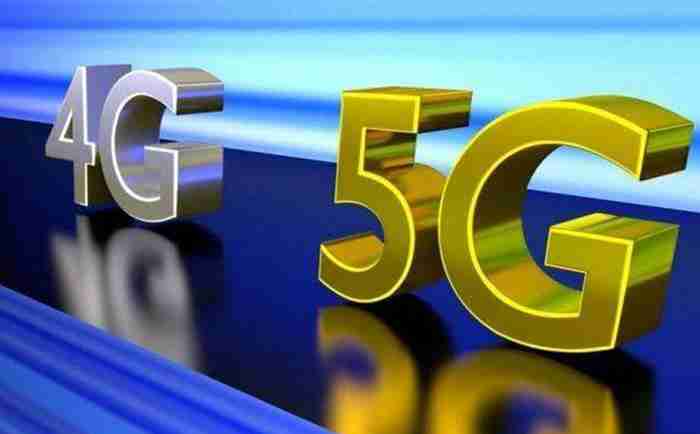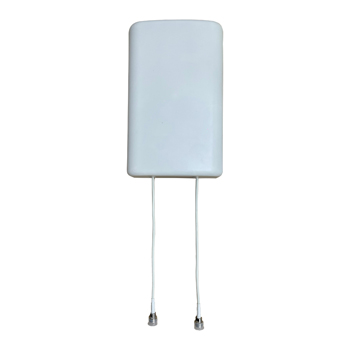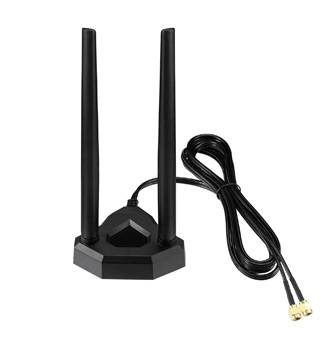
The wireless technology that came before 5G is referred to as 4G, and it is the mobile network technology that is regarded to be the fourth generation. The fourth-generation (4G) of mobile phone technology was the most up-to-date and cutting-edge option available in the 2010s. By the end of the decade, it had nearly completely taken over the market. Some of the advantages that 4G was supposed to provide were increased cell density, enhanced voice over internet protocol (VoIP) capabilities, and more bandwidth. Fifth-generation cellular refers to the most up-to-date and advanced version of the technology that underpins cellular networks. Late in the 2010s, the first 5G installations were relatively modest, but it won’t be until the middle of the 2020s before the technology is widely available. It is anticipated that 5G would provide faster network speeds in addition to the capacity for real-time communication as one of its benefits.
Table of Contents
ToggleDifference between 4G and 5G
The frequencies used by 4G are lower than 6 GHz. However, the frequencies used by 5G networks are higher, often ranging from roughly 30 GHz and more. These high frequencies are lovely for various reasons. One of the most essential is their vast capacity for quick data. This is only one of the many reasons why high frequencies are excellent. To construct a 5G network, we need an Advanced Antenna System(AAS), which consists of AAS radio and a collection of AAS characteristics. AAS uses many different 5G antenna methods, the most notable of which are beamforming and MIMO (multiple-input and multiple-output). During the process of constructing the 5G network, all of the bands will need antenna systems to support them.
A single base station can house a large number of directional 5G antennas, and it follows that a 5G base station can handle over one thousand more devices per square meter than a 4G tower. Because of this, a 5G system can transmit ultrafast data to a much larger number of users while maintaining a high level of accuracy and a low level of latency.
The following is a list of the primary distinctions that can be made between 4G and 5G network architecture:
1. Speed
The speed of 5G networks is the characteristic most often brought up when comparing them to that of 4G networks. And this makes perfect sense, given that each successive generation of cells has been noticeably more advanced than the a few that came before it. Although theoretically, 4G may achieve rates of up to 100 Mbps, the technology often only reaches speeds of up to 35 Mbps. It is anticipated that 5G would be one hundred times faster than 4G, with a high theoretical speed of around twenty gigabits per second (Gbps) and current real-world rates ranging from fifty megabits per second (Mbps) to three gigabits per second (Gbps).
On the other hand, there is a little more nuance to it than that. There are three primary varieties of 5G, each offering a different data transfer rate. It is estimated that the so-called low-band 5G performance would range between 50 and 250 Mbps, making it marginally quicker than 4G. The version of 5G that is capable of reaching 3 Gbps is referred to as high-band 5G and is the fastest one.
What can Tesswave do for you?
Tesswave provide 100+ antenna products and you can contact us for antenna customized solutions, get in touch with us today to get a Free quote.
Get an Instant Quote
Get a FREE quote and we will contact you within an hour
2. Latency
The term “latency” refers to the time it brings a piece of data to transit from one location to another. It is possible to think of it as the interruption that slows down any data transport, regardless of how rapid the link is otherwise. Currently, the latency of 4G networks is around 50 milliseconds, but it is anticipated that the latency of 5G networks would be a staggering one millisecond. Reducing latency will be essential for many applications, including those in which 5G will enable connected devices to rely on the cloud to process data. One example of this is self-driving cars, which may use 5G to let a cloud-based artificial intelligence make real-time decisions regarding navigation.
3. Coverage
Even though 4G have been available for a decade, some distant and rural places of the globe still have inadequate 4G coverage. Outside of a select number of big cities, 5G coverage is non-existent since the technology has recently begun to be deployed. It will take many years for 5G to achieve a level of coverage comparable to that of 4G, and it will have a variety of implementations (high-, medium-, and low-band 5G), each of which will have its speed and capacity.
4. Bandwidth
It is anticipated that the 5G would have a much higher bandwidth, also known as capacity, than its predecessor, the 4G network. This is due, in part, to the fact that 5G will make far better use of the spectrum that is already accessible. The 4G router and 4G antenna uses the range as of 600 MHz to 2.7 GHz for 4G connectivity, whereas the 5G is segmented into three distinct bands rather than a single band. Each band has its unique frequency range and speed, and it will provide consumers, companies, and industries with various applications and use cases to choose from. This indicates that 5G has a much greater capacity than 4G.
5. OFDM encoding
The use of orthogonal frequency division multiplexing (OFDM) allows for several wireless signals to be separated into their channels, which results in increased bandwidth. Increased download speeds for 4G and 5G networks are possible because OFDM uses distinct frequencies to encode data. Rather of sharing a medium, each of these networks would have its own dedicated signal channel to transmit data. While 4G uses 20 MHz channels, 5G will employ tracks ranging in frequency from 100 MHz to 800 MHz.
6. Cell density
A greater cell density and improved network capacity are made feasible by the technologies underpinning tiny cells in 5G. Even though similar promises were previously made by 4G, we have high expectations that 5G would succeed where its predecessor failed since 4G was never able to fulfil its ambitious goals for overall speeds. 5G networks will be denser, which means they will be able to accommodate more people and connected devices than ever before. As a result of this, mobile device and connection capacity will grow.
Conclusion
The latency is the primary distinction between 4G and 5G networks. The latency of 5G is expected to be under five milliseconds, while the latency of 4G might vary anywhere from 60 milliseconds to 98 milliseconds. Additionally, improvements in other areas, such as increased download speeds, are brought about by decreased latency. Under optimal circumstances, download speeds on 5G networks can reach 10 gigabits per second. That is up to 100 times quicker than 4G, and it is undoubtedly the level of performance required for a society that is becoming more linked.








